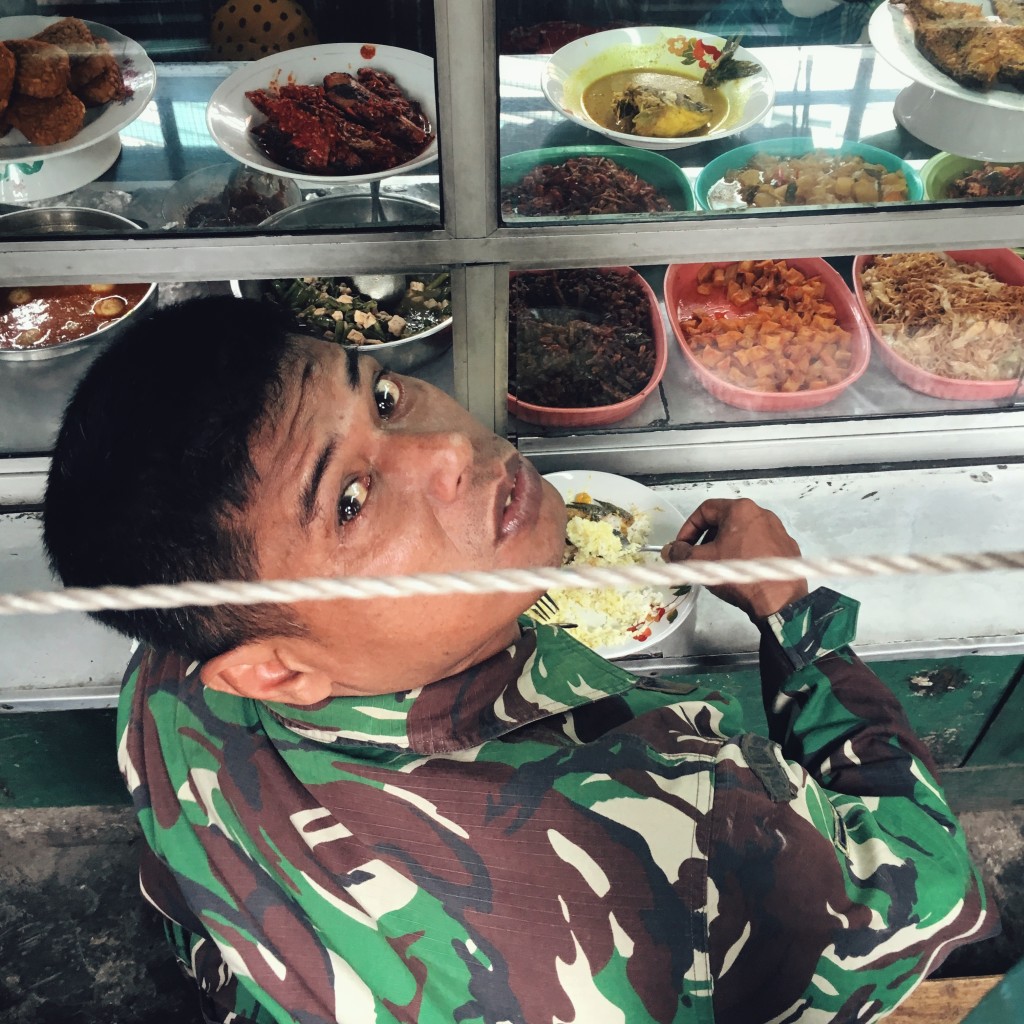It was quite the honour to be invited to South-East Asia by Monogram Asia to present at the Royal Photographic Society of Thailand and also in Jakarta, Indonesia. In between, I had the opportunity to shoot intensively with some fantastic photographers on the streets of Singapore, Bangkok and Jakarta. All in all, it was a never-to-be-forgotten experience and one I am truly grateful for.
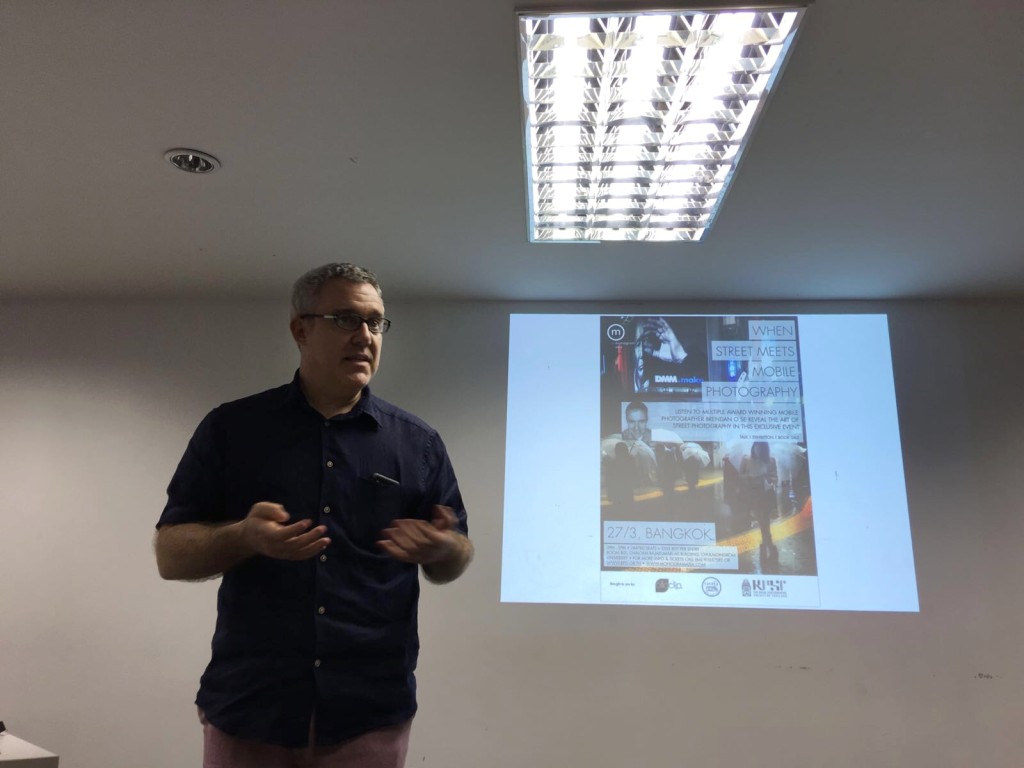
In preparing my lectures for the two events, I approached it in a chronological fashion, presenting images of mine through the years, both DSLR and iPhone, and framing them around that famous quote of Henri Cartier Bresson’s: “Your first 10,000 photographs are your worst.” and the widely-used: “The best camera you have is the one with you.”
And I disagreed with both!
The reason being is simple. Bresson’s quote is often used to present the idea that the more you practise the better you will become, and while it is wrong to disagree with that, it does imply a linear, incremental improvement. Coming from an education background, I believe the learning process is never as simple as this, and when looking at it through the lens of artistic creation it seems to suggest that we are incapable of creating something of artistic merit in our initial stages of expression. It brings to mind a couple of Picasso’s quotes: “Every child is an artist. The problem is how to remain an artist once we grow up.” and “It took me four years to paint like Raphael, but a lifetime to paint like a child.”
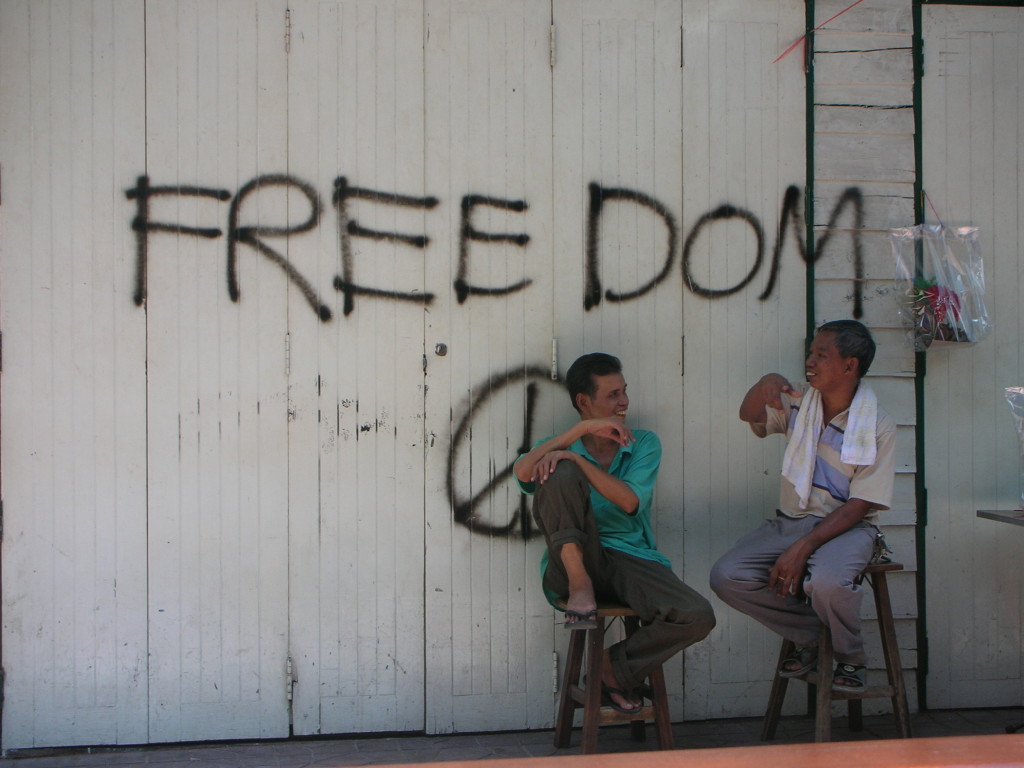
These two quotes support my belief that very often we can instinctively create something without a technical awareness of how we achieved it. In preparing for my presentation I looked back at images I shot many years back. Seeing these now, with years’ of experience of shooting and viewing images, I realised that back then I was capable of creating photographs which, if I were to shoot today, I think I would be proud of.
It got me thinking further about his quote. 10,000 photographs. Just think about that for a moment. 10,000. Back in the days of film I had an SLR. It was rarely used. I would have shot a few rolls when on holidays and another few throughout a year. Do the math on this and you can see that in a given year, I would have shot about 8 rolls of film. That is 8 x 36, making a total of 288. Continuing with the calculations you can see to get to 10,000 probably would have taken me about 35 years. Or in reality – never.

However, with digital, things changed. There was the reduced cost and the ability to store so many images. This resulted in shooting more and more, and brings me to the next quote: “The best camera you have is the one with you.”
This has to be one of the most-often used quotes about photography. I know I have I used it again and again. But it was not until I was mulling my presentation over that I realised that I did not agree with it. Why? Because it implies that we don’t always have a camera with us and if we do happen to have one – then that by default is the best camera.
Untrue!
Who doesn’t have a smartphone with them nowadays? And following that through it means we always have a camera with us. And that is the best thing – always having a camera with us. But do we realise the potential of that?

I found looking back over the years of my photography that it was from always having a camera with me, in the form of my iPhone, that led me from a situation of only having a camera in a drawer gathering dust, only taken out on special occasions, to one where I had a camera with me always. I went from a situation of perhaps (and perhaps is true here) noticing a photo opportunity, to thinking – wow, that would make a nice photograph, to a situation where I saw these situations and I had the camera with me and I got that shot.
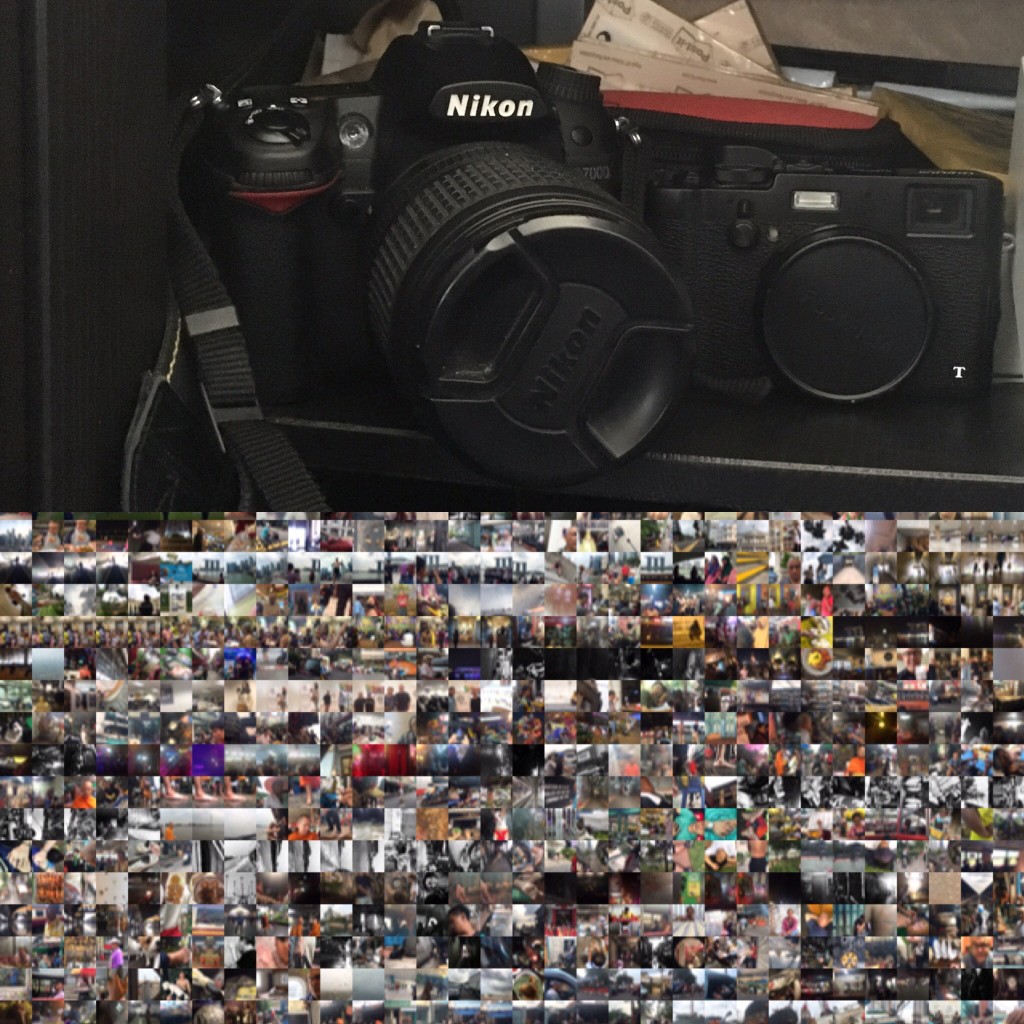
It allowed me to develop my eye, to begin to think and to see photographically. It allowed me to have a camera with me in situations where before I would not have brought one: work, shopping, waiting rooms, in the car, out for a run, around my house and garden, etc. And as a result, I was training my eye, becoming more sensitive to composition, becoming more creative and moving ever-more rapidly to those 10,000 first photographs.
Sure, the quote can be interpreted in different ways. I fully agree with the notion it implies of practice. Shooting with the iPhone meant I was practising more than ever before, but the change was that I was now seeing photographically and committing myself to it. Before a photographic scene may have gotten my attention, but if I had not a camera with me, it would have been allowed to escape, uncaptured. And over time this meant a sensitivity to scenes like this became less and less pronounced and opportunities to train my eye, evolve my style would have been lost.
In looking back and selecting images to represent my early photographic style it was good to see that elements of composition, style and storytelling were strongly evident in my early shooting, and to see how these evolved over the years was interesting.

The next part of my presentation was to show that there is not a separation in approach, style or quality between what I was doing in my DSLR work and my iPhone work. With the iPhone I had a camera that was perfect for street photography. It was small, discreet, fast and allowed me to get in close on the streets to capture moments and candid portraits that I probably would not have made without this camera. In turn, because of this new approach, I was becoming braver with the DSLR also and making more effort to get storytelling images on the DSLR.
Similarly, I wanted to show that the limitations of the iPhone: poor zoom, poor image stabilisation pushed me to be creative. I zoomed with my feet, and the poor image stabilization; well it led to this:

And around the same time I was creating images like this on my DSLR.
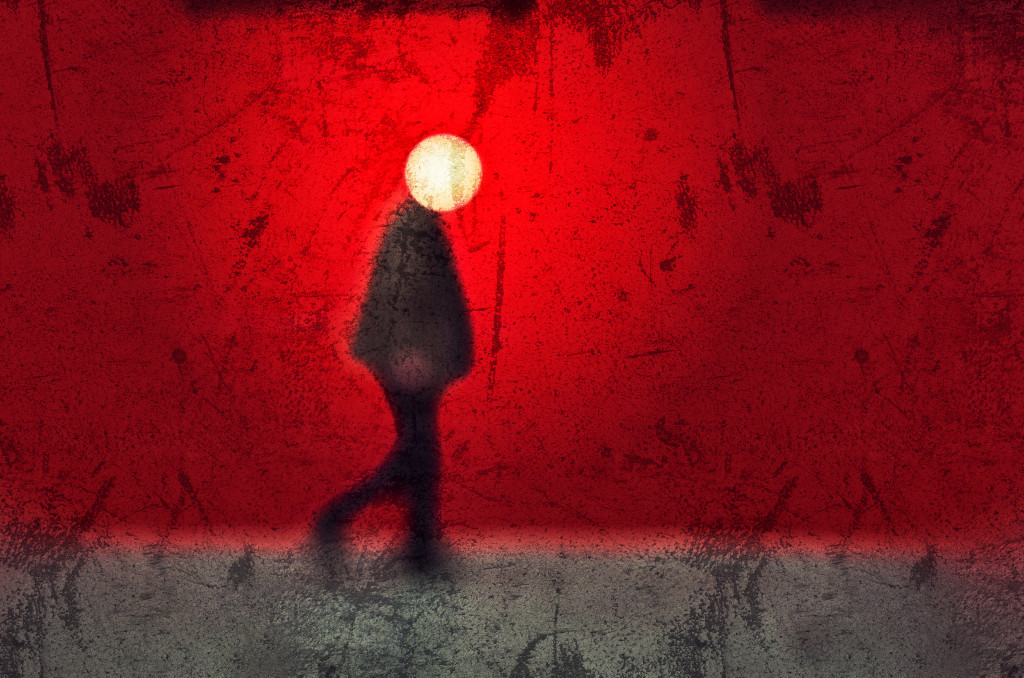
I also spoke of the community aspect of the mobile photography movement in my presentation. I know that for me it was (and still is) the interaction with fellow photographers who were shooting and sharing on smartphones on a daily basis that really drove me on. Being part of communities like Mobiography, The App Whisperer and iPhoneographyCentral was hugely influential in my development as a photographer. Making the showcases on these sites was a really big thrill for me in the early days and I am so grateful to Andy, Joanne, Bob and Nicky for all they have done and continue to do for mobile photography.
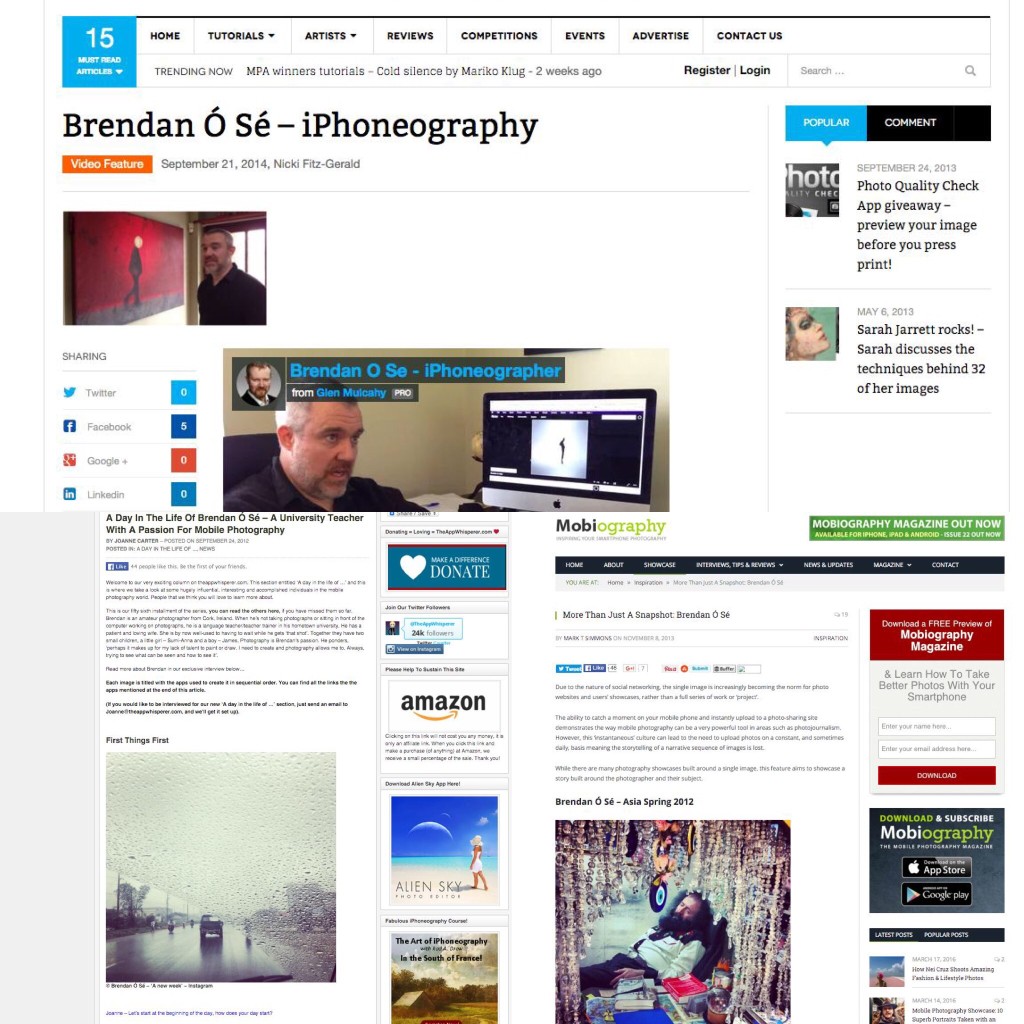
Throughout the lecture, I presented images to showcase my photographic style and to demonstrate the qualities and advantages of the iPhone. As well as showing images from through the years, I also I selected some of my more well-known images.
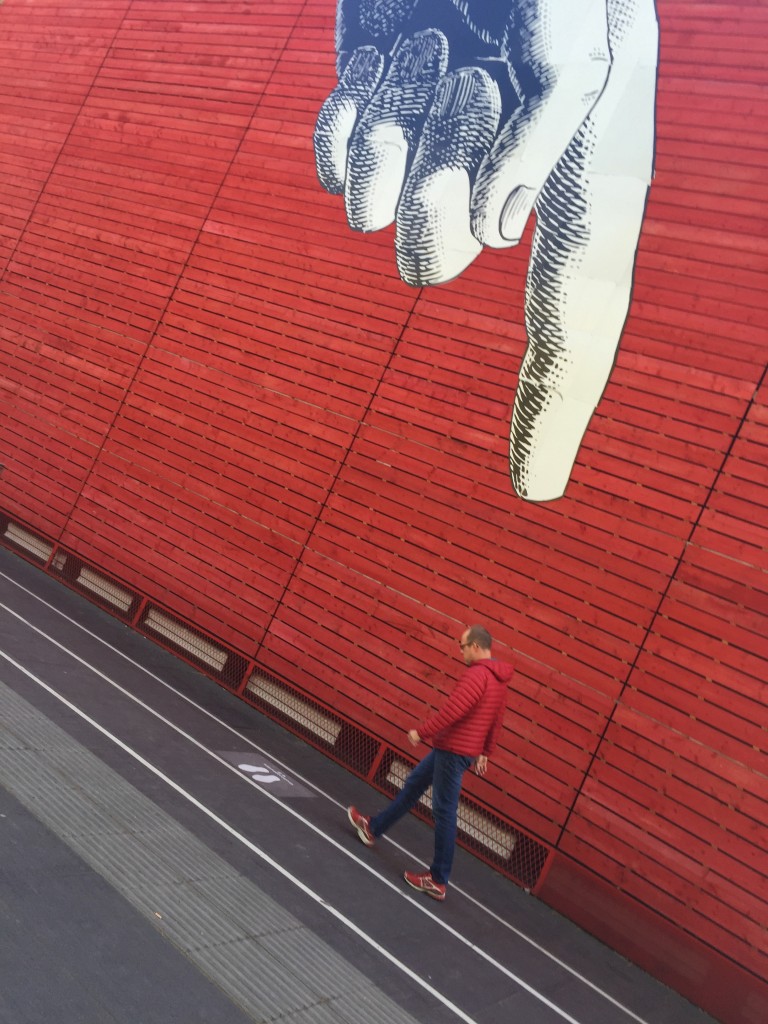

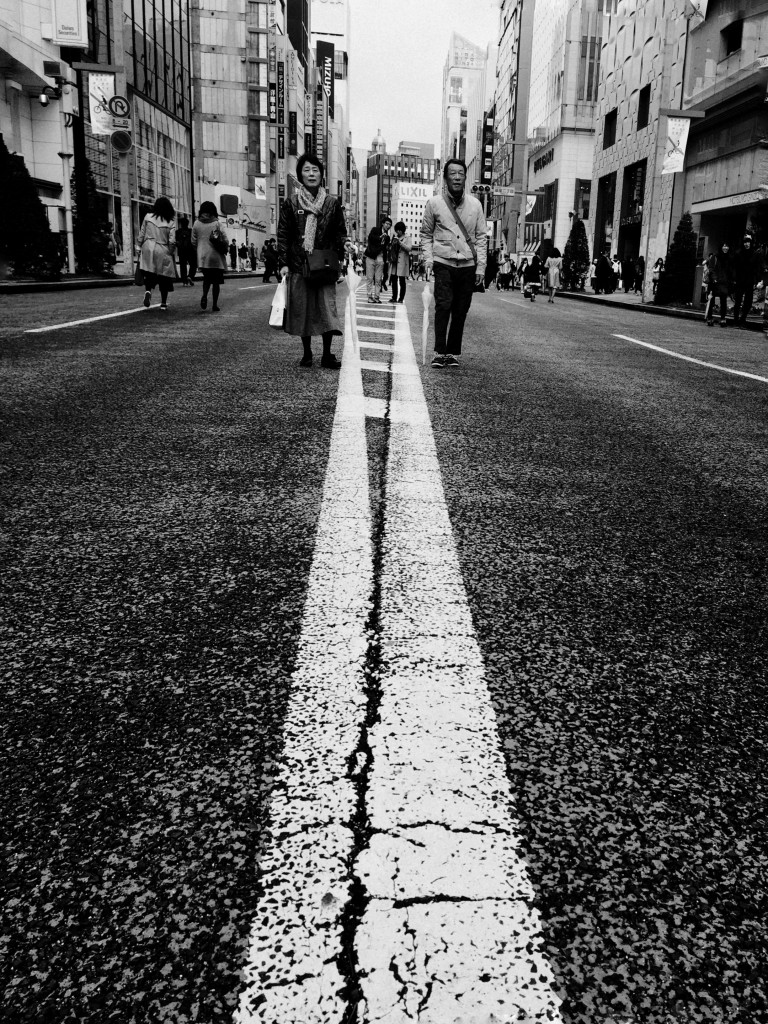
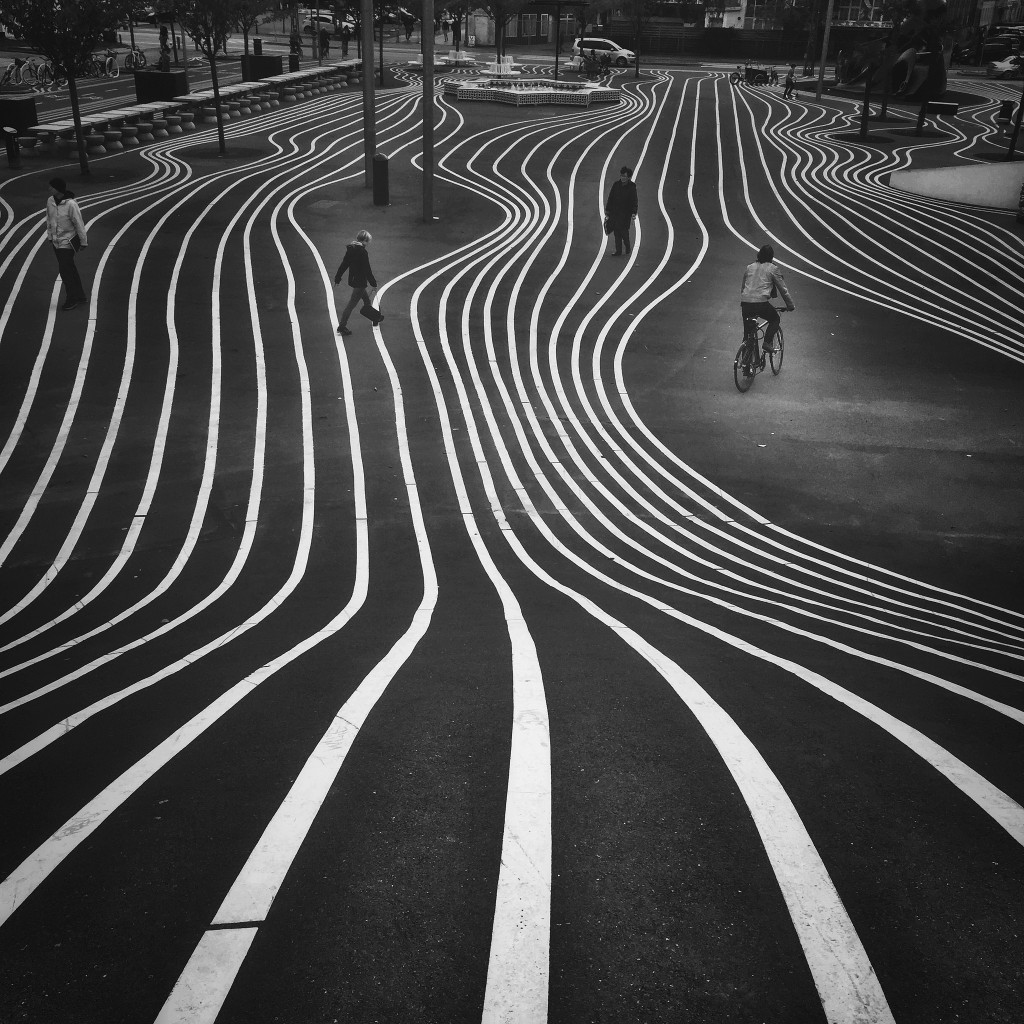
I rounded the presentation off with a demonstration of my favourite app for editing: Snapseed and showing the range of Olloclip lenses available for the iPhone that bring your shooting experience to another level.
There followed a questions and answers session and after the presentations in both Bangkok and Jakarta I was very pleased with the people who took the time to come up to thank me, to hear their stories, tell me they found the talks inspiring and motivating for them to experiment and shoot more with their smartphones. I really enjoyed the opportunity to get some wefies (a new word for me – more than one person is not a selfie no it is a we-fie – wefie) and to take pictures of us together.

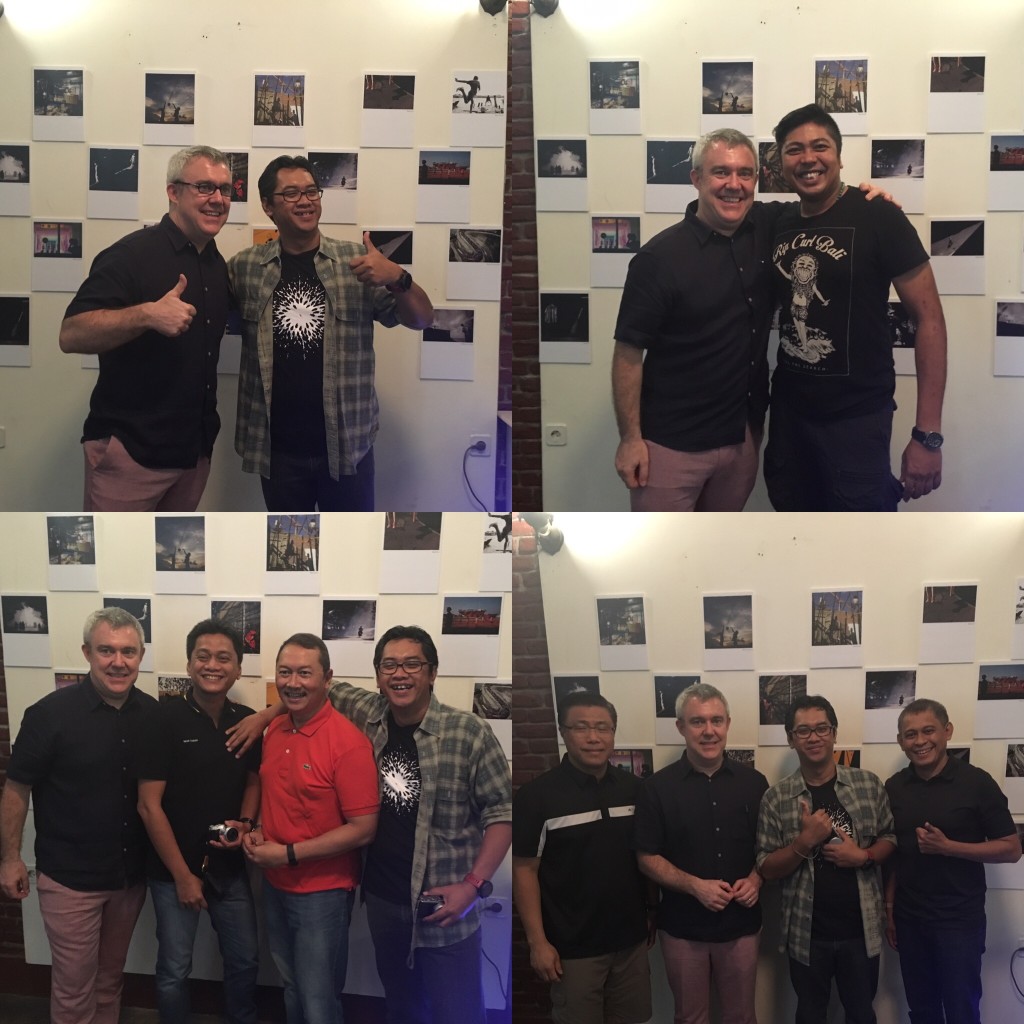
For me, the takeaway points from my lecture were having a smartphone camera with you allows you think and see photographically, heightening your ability to look for and create photographic opportunities; it encourages creativity and allows you to develop your own personal style. With the community of mobile photographers you have the opportunity to share and learn with fellow photographers who share your passion and with the many apps and accessories available you can take your photography to another level. But the main thing: The main thing is that it is PHUN – iPHUNography!
Overall, the opportunity to present my photography in the prestigious Royal Photographic Society of Thailand and in Veteran’s Cafe in Jakarta was a true honour and one I am humbled and grateful for.
Will be doing a few blog posts on shooting in the various locations on the blog in the coming weeks. I shot over 5k photographs on the iPhone, Nikon D7000 and the Fuji x100T. I had the most amazing experiences shooting with a great team of photographers. Stay tuned!
